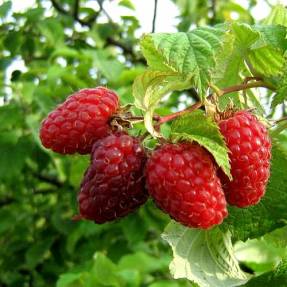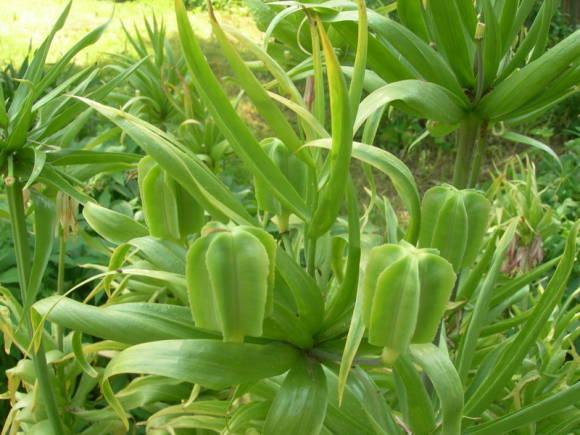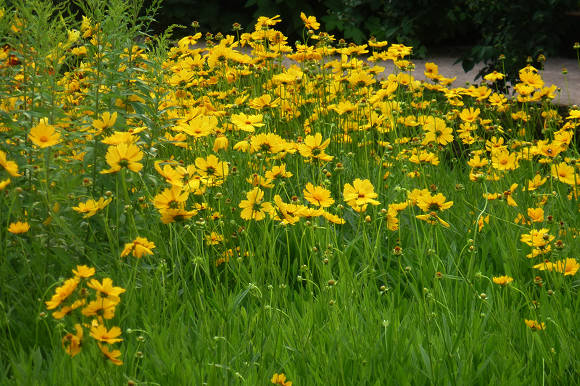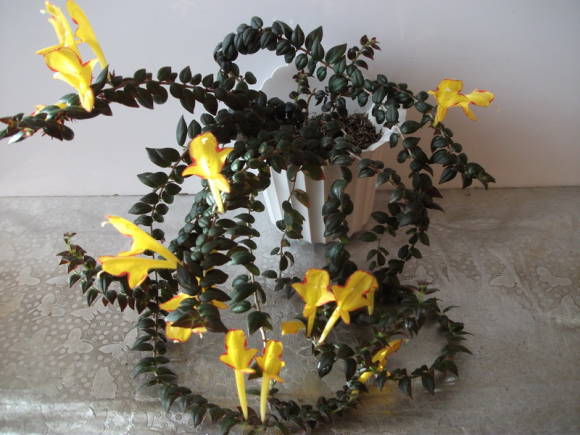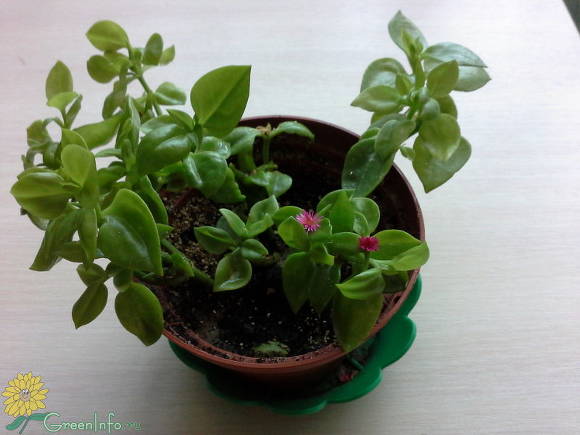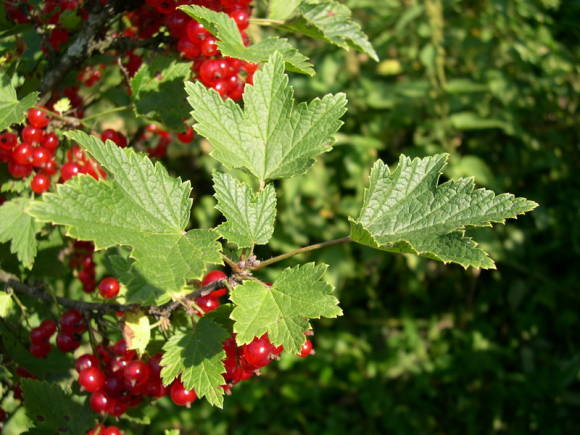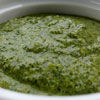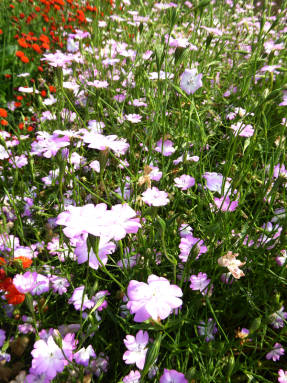
The seeds of this plant can be found on sale under the name Agrostemma (Agrostemma)... It is derived from Greek roots agros - field and stemmatos - a wreath ("field wreath").
The correct botanical name of the plant is the common cockle, or sowing (Agrostemmagithago)... Disrespectful Russian folk names characterize the plant as harmful, littering the fields: path, chernukha, weed, seed in bread. There was even a saying "Sow the bread, and the cockle will be born," however, more referring to the smut that hits the bread, which was also called the cockle. Occasionally occurs along roads, in disturbed and weedy places.
This plant, presumably a native of the Eastern Mediterranean, until recently could be found everywhere in the fields of Eurasia, the USA and Canada, parts of Australia and New Zealand, where it was introduced with grain crops. It was ubiquitous on the territory of Moscow and the Moscow region. It is believed that it was found in wheat crops as far back as the Bronze Age. In the settlements of Europe it has grown since the Stone Age, as evidenced by the finds under the volcanic ash of Pompeii. Until the 20th century, poisonous cockle seeds containing saponins spoiled the quality of bread. But in the last quarter of the last century, the methods of cleaning grain from impurities have improved so much that they blocked the possibility of the spread of the cockle, and it became a rarity in the fields.
In the genus Agrostemma, or cockle, of the carnation family (Caryopillaceae) only 2 types of plants.
Agrostemma ordinary, or sowing, common cockle (Agrostemmagithago) - low annual, 30-50 cm, plant (less often - up to 1 m) with a taproot system. Leaves are linear, 4-15 cm long, with grayish-tomentose slightly appressed pubescence, oppositely arranged on branched stems and slightly fused at the base. On long pedicels emerging from the axils of the upper leaves, delicate single flowers flaunt, the diameter of which can be from 2 to 6.2 cm.They are five-membered, with rounded radially symmetrical free-petal flowers, slightly resembling those of garden geraniums. Petals with a marigold and a notch at the top, their color is mainly lilac-pink, with dark veins. Less commonly, the flowers are darker, purple in color, or white. Long, pointed sepals exceed the length of the petals and are clearly visible between them. At the base, they grow together into a long tube with 10 ribs. Opening in the early morning, the flowers fold in the afternoon. They have no smell.
Long bloom, throughout June-July. The plant produces many seeds - up to 3500 per plant. Seeds are black, kidney-shaped, 3-4 mm in diameter, viable in soil for up to 10 years. Agrostemma ordinary can give self-seeding and germinate on its own in spring.
Agrostemma short-lobed, or short-lobed cockle(Agrostemma brachyloba) now includes another cultivated species - agrostemma graceful(Agrostemma gracile). Based on genetic research, they are recognized as synonyms. The short-lobed cockle comes from Greece and Asia Minor. Differs in brighter reddish-purple flowers 2-3 cm in diameter with a light center and three dark veins. But the most important difference is that the sepals in this species are much shorter and are not visible from under the petals.

Reproduction
The doll is sown in open ground in spring, when the soil warms up above + 12оС. Close up to a depth of 3 cm. Seeds can germinate for 1-2 weeks or longer.
Podwinter sowing gives good results. Plants can also be sown on their own.
Sowing seedlings is rarely used due to the ease of growing outdoors. But it is possible. For this, seeds are sown in March, 3 in containers and germinated at a temperature of about 18 ° C. When the plants grow up to 5 cm tall, they leave the strongest seedling.Seedlings are planted in open ground at the age of 6-8 weeks at a distance of 15-25 cm.
Growing

Location... The doll loves the sun. It can also be planted in light partial shade, but the flowering will be less abundant, and the lack of light will lead to stretching and lodging of the shoots.
The soil... The soil for the plant requires loose and drained soil, from slightly acidic to alkaline. Agrostemma is not very demanding for fertility, but not too poor soils are needed for abundant flowering. Sandy loam is optimal.
Watering... The plant is drought-resistant, watering may be required only in severe and prolonged drought, otherwise it will quickly fade. Agrostemma does not tolerate wet, waterlogged places.
Top dressing... On cultivated garden soils, plant nutrition is practically not required, otherwise a rich green mass is formed to the detriment of flowering. Although one feeding with complex mineral fertilizer can still be done at the beginning of development.
Usage
Agrostemma is a plant for connoisseurs of discreet wildflowers. It is not for nothing that it is part of the Mauritanian mixtures. Such plants always look good in groups and arrays on the lawn or in its frame. It will decorate the sunny glades of forest gardens and garden flower beds in a natural style. It goes well with cereals that will support the thin stems of the plant, with local wild flowers and umbrella grasses.
Agrostemma can be grown in garden containers, providing an annular support against lodging of the stems.
It is interesting to observe how thin petals flutter in the wind, how flowers blooming in the morning close in the afternoon. Like butterflies fold their fragile wings.
A bouquet of agrostemma stays in the water for almost a whole week. It will surely appeal to those who are in awe of modest bouquets of garden geraniums and wildflowers.
Among other things, Agrostemma vulgaris is a medicinal plant with expectorant, diuretic and anthelmintic properties. But it is rarely used because of its toxicity. All parts of the plant are poisonous, especially the seeds - they have a bitter, unpleasant taste and a strong effect - just a few pieces are enough to cause respiratory paralysis.
